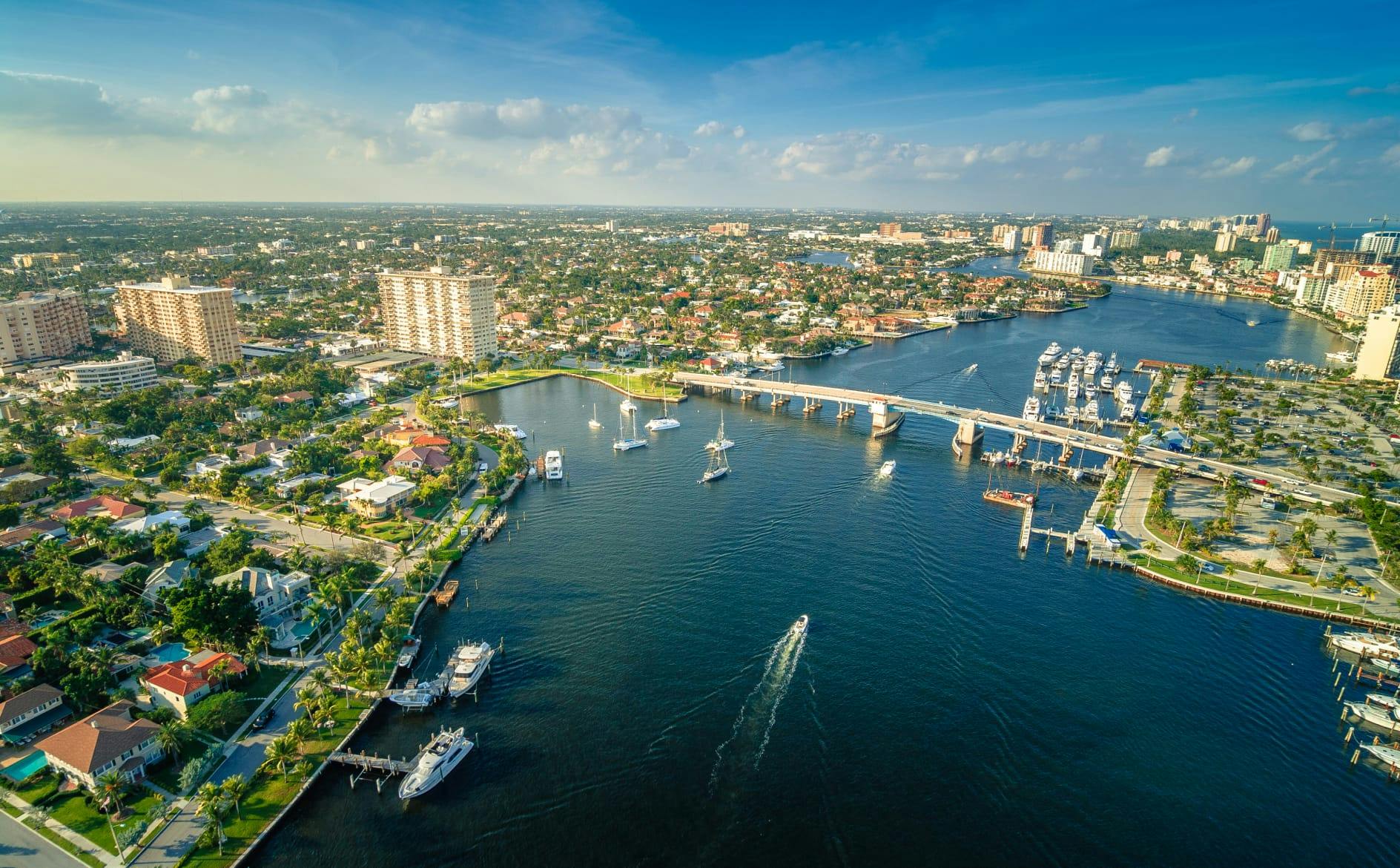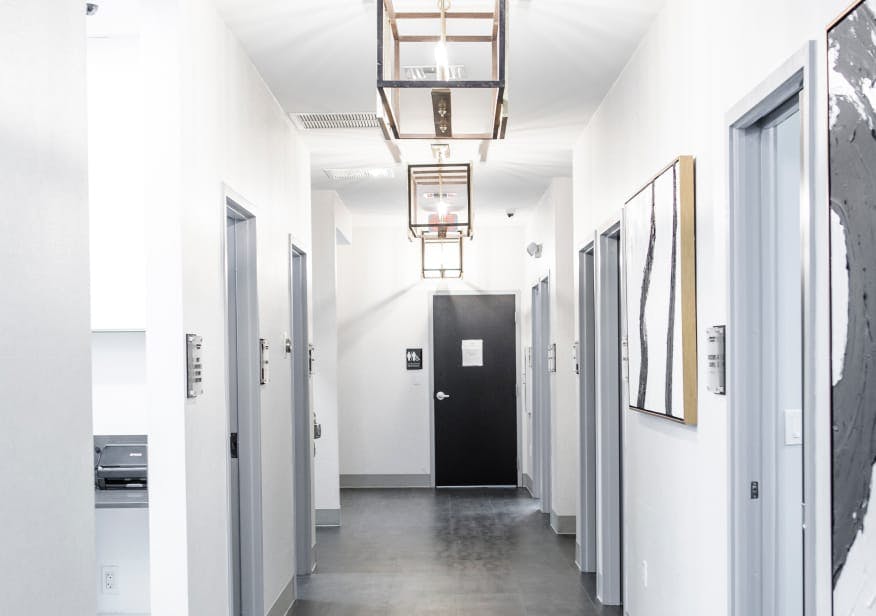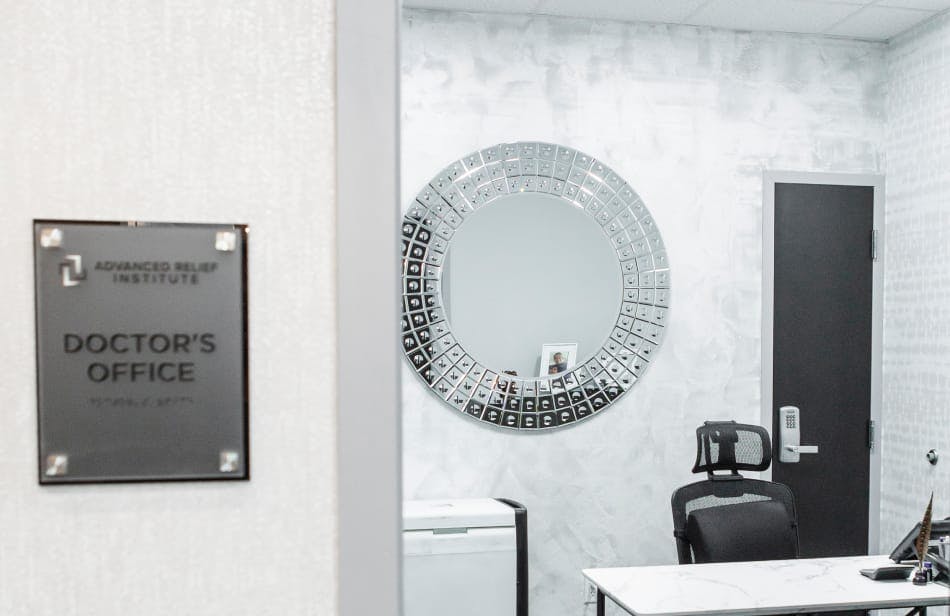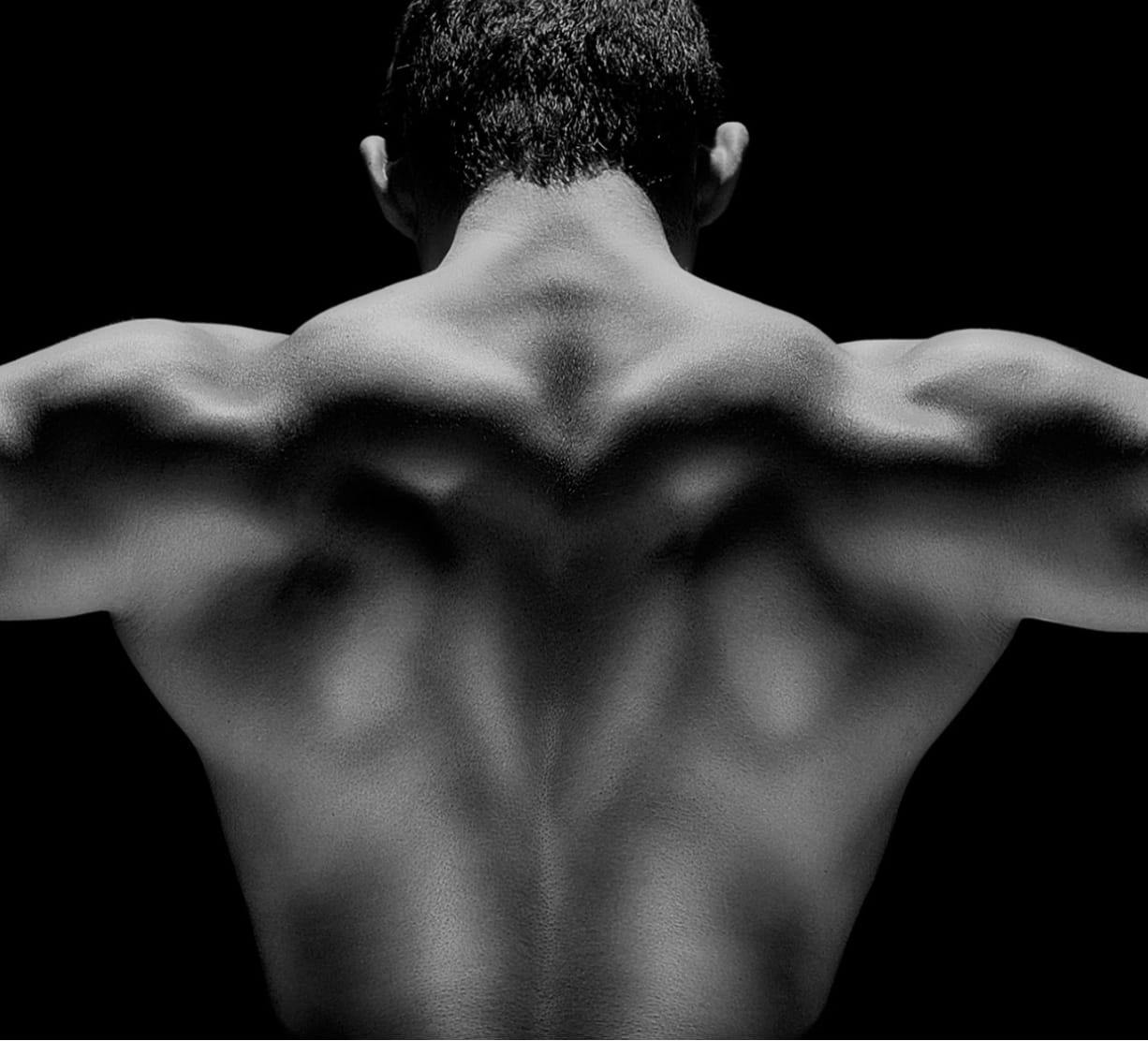Platelet-rich plasma (PRP) therapy harnesses the healing power of your own blood to stimulate tissue regeneration, reduce inflammation, and use your body’s natural healing mechanism for enhanced recovery and wellness.
What Can Platelet-Rich Plasma Treat?
PRP is a regenerative treatment that helps heal damaged cells and tissues. It is best used to address chronic pain caused by cell degradation or chronic soft tissue damage. This may include damage to ligaments, tendons, muscles, and joints.










